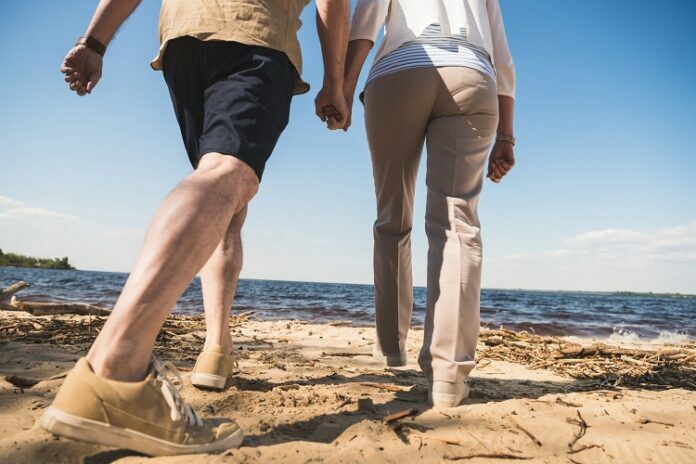Over half of all Americans will experience varicose veins within their lifetimes. In addition to being unsightly cosmetically, varicose veins can cause pain while standing or walking. Varicose veins can also result in skin sores in more severe situations. Fortunately, Ariel Soffer MD, FACC can treat your varicose veins, enabling you to lead a pain-free life.
You may take steps to reduce your chance of developing varicose veins, even though there is no way to ensure their avoidance. Here are ways to prevent varicose veins;
Table of Contents
1. Avoid standing or sitting for too long
Standing or sitting for too long can dramatically weaken your lower extremities’ blood vessel walls and valves, causing vein dysfunction and increasing venous pressure in both the legs and feet. It also keeps the calf muscles inactive. You should attempt alternating between sitting and standing during the day. Periodic position changes, calf exercises, and quick walks may be beneficial if extended sitting or standing is necessary, as with some jobs.
2. Maintain a healthy weight
Obesity and the development of varicose veins are highly correlated. Extra weight strains the legs and makes it harder for veins to return blood to the heart adequately. Therefore, keeping a healthy weight lowers the likelihood of developing varicose and spider veins. Consult your doctor about incorporating a balanced diet and regular exercise into your daily routine.
3. Avoid tight clothes
Avoid wearing clothing that fits very tightly around the waist and legs to promote better blood circulation. Choose comfortable, loose-fitting clothing. Aside from the fact that your feet will appreciate it, switching from high heels to correctly fitted low- or flat-heeled footwear will also assist.
4. Change your diet
Make some dietary modifications if you are serious about preventing varicose veins. Make some modifications, such as lowering your salt consumption and increasing your intake of high-fiber meals. Use whole wheat bread and pasta instead of white. Less salt can also help with swelling. The fiber will lessen instances of constipation, which contributes to the formation of varicose veins. Processed sugar products should be stopped or reduced since it strains your vascular system.
Apples, blackberries, grapes, and apricots are particularly healthy options among fresh fruits. To prevent blood clots, start looking for high-quality sources of Vitamin E, such as dietary supplements.
5. Perform a moderate exercise
Moderate exercises like swimming, riding, and walking help to increase circulation in the legs. It is not necessary to join a gym and lift heavy weights to stop the development of varicose veins. For instance, 20 minutes of walking twice a week will improve your leg strength and lower your risk of varicose veins.
6. Wear compression stockings
Compression socks or stockings apply pressure on your veins. This helps the veins and muscles carry blood to your heart. These are typically used by athletes and sportspeople while participating in activities because they lessen the tension on their muscles and maintain healthy blood circulation. Before purchasing compression stockings, it is preferable to speak with a doctor because they are available in various sizes.
Varicose veins are not only a cosmetic concern, but they cause severe health complications. Therefore, you need to make necessary changes in your lifestyle to prevent the development of varicose veins.
Call Soffer Health Institute to book your appointment to treat varicose veins.




